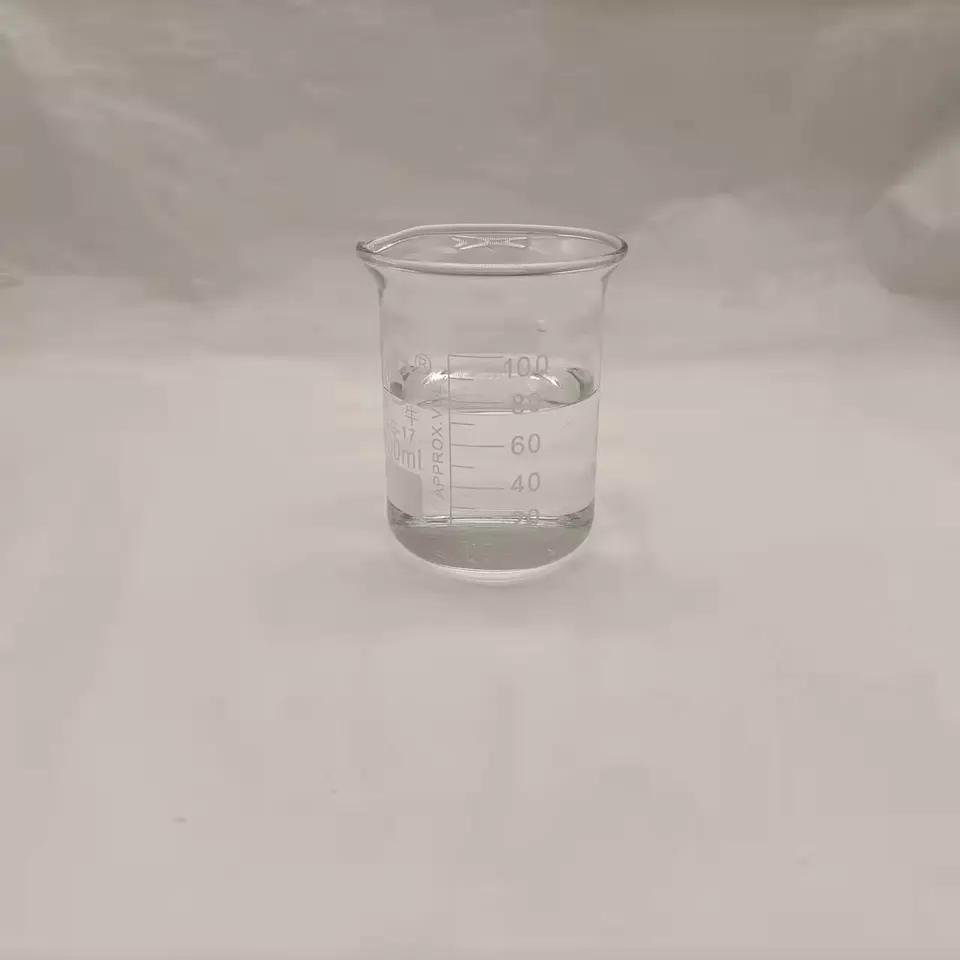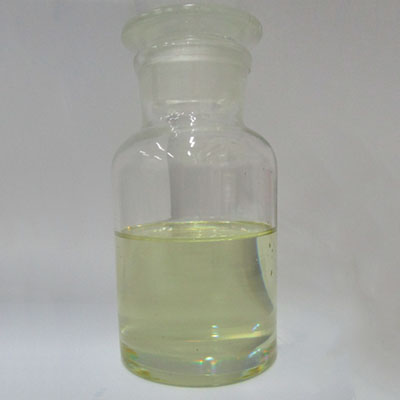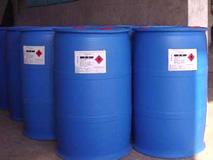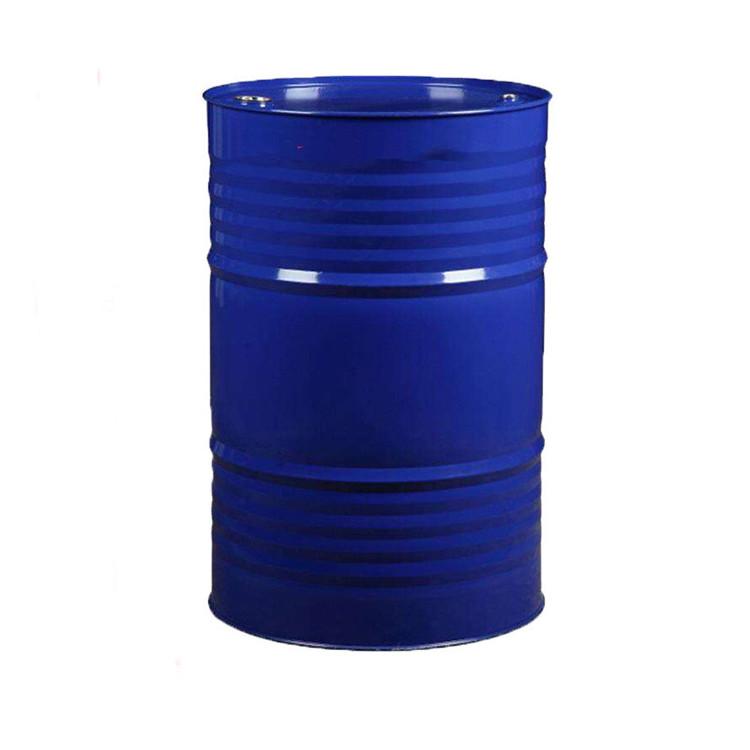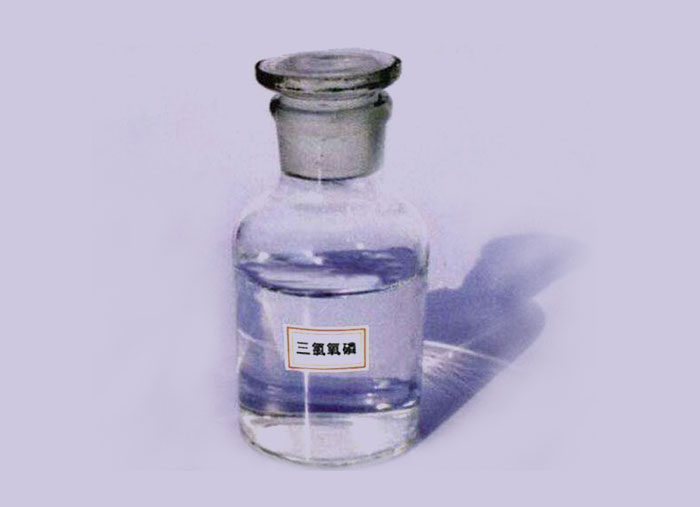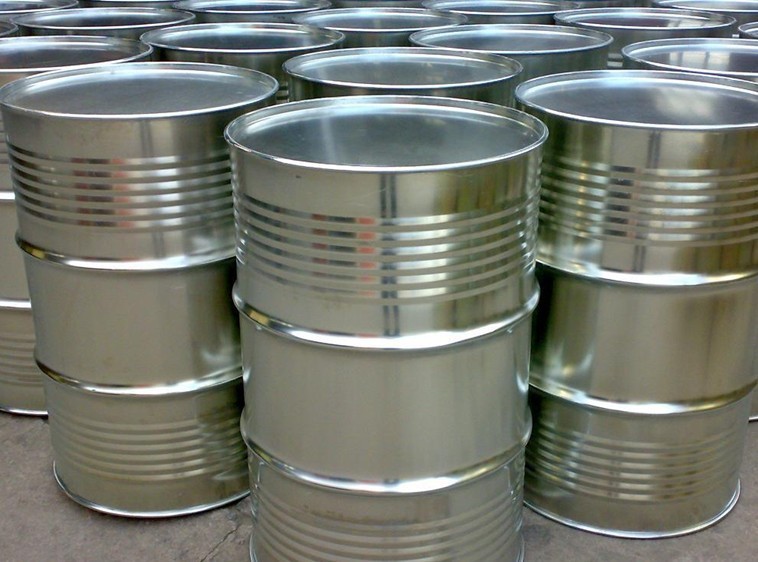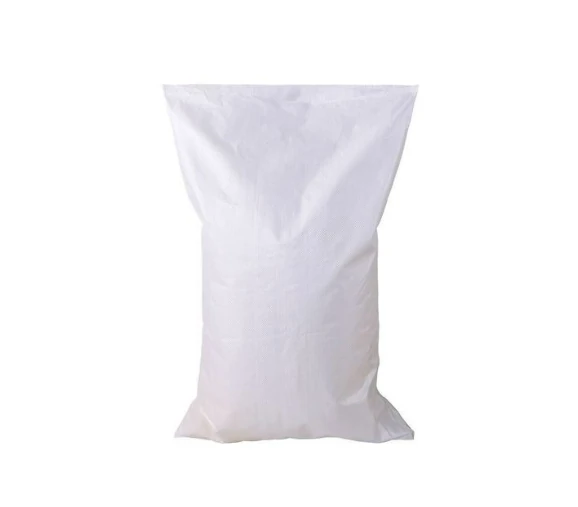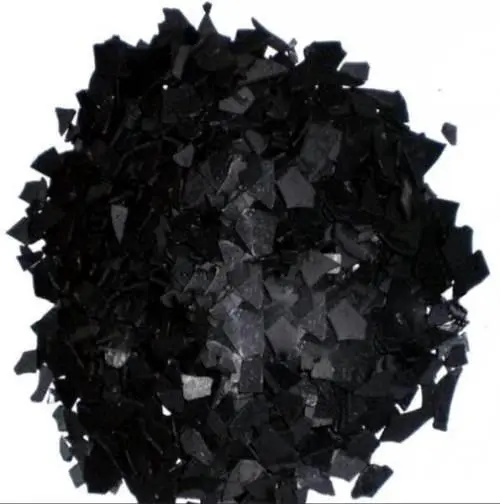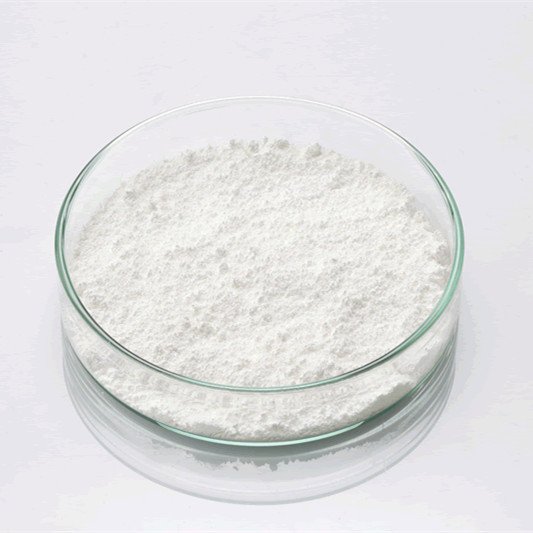Intermediates
Cationic Dyes
Pigment Black
Sulfur Dyes
Ingrain Dyes
Others
Pigment Orange
Solvent Dyes
Pigment
Vat Dyes
Dye Intermediates
Pigment Brown
Dyestuff
Pigment Violet
Dispersive Dyes
Other Dyes
Pigment Red
Pigment Yellow
Metallic Pigment
Pigment White
Reactive Dyes
Acid Dyes
Direct Dyes
Pigment Green
Basic Dyes
Nitrogen Compounds
Pigment Blue
Pearlescent Pigment
CAS:100-61-8
Molecular Formula:C7H9N
Alias
More Information
N-Phenylmethylamine; N-Methyl-Aminobenzene; N-Methylbenzenamine; N-Methyl-Aniline; Methylaniline; N-Monomethylaniline; Monomethylaniline; Methylphenylamine; N-Methyl-N-Phenylamine; N-Methylphenylamine; N-Methylaminobenzene; (Methylamino)Benzene; NMA; Octane Booster; N-Methylaniline (NMA); N-Methyl Aniline
Brief Introduction
N-methylaniline is the main product of n-alkyl aromatic amine series. It is an important intermediate of fine chemical industry and has a wide range of uses. N-methylaniline is a colorless oily liquid at room temperature, which is soluble in ethanol, ether and chloroform, insoluble in water and not easy to evaporate. However, it is not conducive to distribution in the cylinder of multi cylinder engine. It has stable properties and is not easy to decompose in air and dark environment. The main characteristics of blended gasoline with N-methylaniline antiknock agent are odor, high density, unstable unwashed gum and low olefin value, which need auxiliary antiknock agents such as MTBE and MMT. N-methylaniline is a widely used fine chemical product. It is mainly used in the production of pesticides, dyes, dye intermediates, rubber additives and explosives. It can also be used as solvent and acid acceptor, as organic synthesis intermediates, acid absorbents and solvents. It is used in the production of cationic brilliant red FG, Cationic Pink B and reactive yellow brown kGr in dye industry. It can also be used to improve the octane number of gasoline, organic synthesis and solvent.
Suppliers
View More Vendors (2) >
CAS:100-63-0
Molecular Formula:C6H8N2
Alias
More Information
Fenilidrazina [Italian]; Hydrazinobenzene; Hydrazine-Benzene; Fenylhydrazine [Dutch]; N-Phenyl Hydrazine; Hydrazine, Phenyl-; Phenylhydrazin; Hydrazine,Phenyl; 1-Hydrazinobenzene; _|_; Benzene Derivative
Brief Introduction
Phenylhydrazine is used in pesticide production to synthesize 1-phenylaminourea, the intermediate of Triazophos and 1-phenyl-3,6-dihydroxypyridazine, the intermediate of pyridazinon. It is also the intermediate of oxazolidone and imidazolidone, a new fungicide. In addition, phenylhydrazine, as an organic synthetic raw material, is also used as an intermediate in dye, medicine and other industries, as well as an analytical reagent.
Suppliers
View More Vendors (2) >
CAS:10025-87-3
Molecular Formula:Cl3OP
Alias
More Information
Phosphorus Trichloride Oxide; Fosforoxychloride; POCl3; Phosphorylchlorid; Fosforoxychlorid; Phosphorus Oxychlori; Phosphoroxidchlorid; Phosphonitrilic Chloride Trimer; Oxychloridfosforecny; Trichlorophosphate; Phosphorous Oxychloride; Phosphoryl Chloride; Phosphorous Oxytrichloride; Phosphoroxychloride; Phosphoryl Trichloride; Phosphoric Trichloride; Phosphorus(V) Oxychloride
Brief Introduction
Phosphorus oxychloride (molecular formula: POCl3), also known as phosphoryl chloride, phosphorus oxychloride and phosphorus oxychloride, is an industrial chemical raw material and a colorless and transparent liquid. It has a pungent odor. Smoke violently in humid air. Relative density 1.67. Melting point: 1.25 ℃. Boiling point 105.1 ℃. It decomposes in water and ethanol to form phosphoric acid and hydrogen chloride. When a large amount of water is poured suddenly, a violent reaction can occur. POCl3 reacts with water and alcohol to form phosphoric acid or phosphate ester, such as o = PCl3 + 3H2O → o = P (OH) 3 + 3hcl. If alcohol replaces water in the reaction, the product is trialkyl phosphate. Such reactions are often carried out in pyridine or amine to absorb the generated HCl and promote the reaction. Under the catalysis of Lewis acid such as manganese chloride, POCl3 is co heated with excess phenol (aroh) to obtain triaryl phosphate. For example, when reacting with phenol: 3c6h5oh + o = PCl3 → o = P (oc6h5) 3 + 3hcl, phosphorus oxychloride is a Lewis base and will form adducts with many Lewis acids. For example, the adduct (POCl3 · AlCl3) formed by the reaction with titanium tetrachloride: cl3p + - O − + TiCl4 → cl3p + - O - − TiCl4 and aluminum chloride is very stable, so POCl3 is also used to remove AlCl3 from the product of Friedel Crafts reaction. In the presence of AlCl3, POCl3 reacts with hydrogen bromide to form pobr3. In industry, it is prepared by the reaction of phosphorus trichloride with oxygen or phosphorus pentoxide. It is mainly used to produce phosphate esters, such as trimethylbenzene phosphate.
Suppliers
View More Vendors (2) >
CAS:101-54-2
Molecular Formula:C12H12N2
Alias
More Information
Azoic Diazo Component 22; P-Aminodiphenylamine; 4-ADPA; N-Phenyl-1,4-Phenylenediamine; 4-N-Phenylbenzene-1,4-Diamine; N-Phenyl-P-Phenylenediamine; N1-Phenylbenzene-1,4-Diamine; 4-(Phenylamino)Aniline; 4-Amino-Diphenylamin; RT Toast; Variamine Blue RT Base; 4ADPA; 4 ADPA
Brief Introduction
This product is used as an intermediate of dyes and additives.
Suppliers
View More Vendors (2) >
CAS:101-77-9
Molecular Formula:C13H14N2
Alias
More Information
Curithane; Mda; Ancaminetl; Tonox 22; Benzenamine, 4,4'-Methylenebis-; 4,4'-Methylenedianiline; Tonox; Ht 972; Dadpm; Tonox R; Sumicurem; Bis-P-Aminophenylmethane; 4,4-Methylene Dianiline; Diamino Diphenyl Methane (DDM)
Brief Introduction
Used in the production of insulating materials, dyes, diisocyanates, polyurethane rubber, H-class adhesives, epoxy resin curing agent, etc; Epoxy resin curing agent, rubber antioxidant and antioxidant, intermediate for synthesis of MDI, also used for determination of tungsten and sulfate.
Suppliers
View More Vendors (2) >
Inquiry (
10
/ 10
)
Clear All
Sign In
Error!

